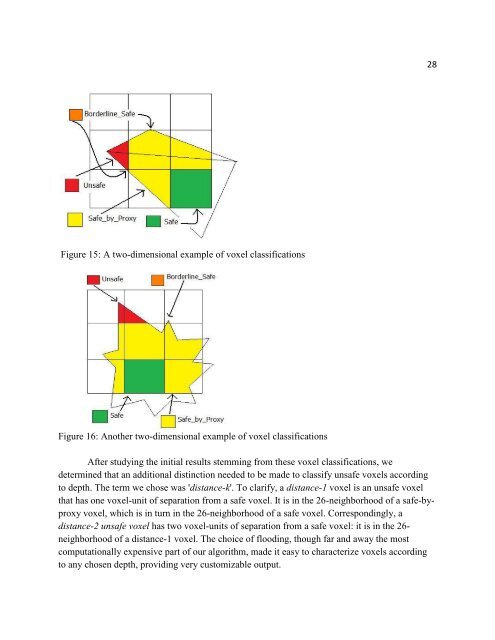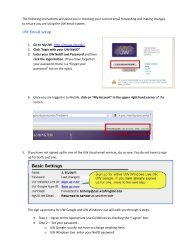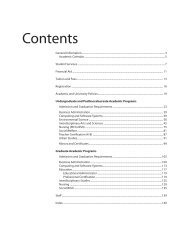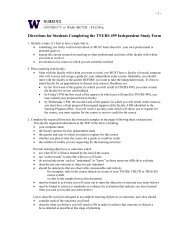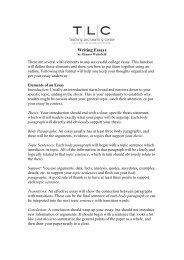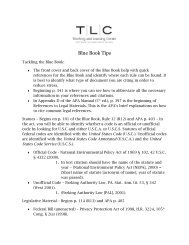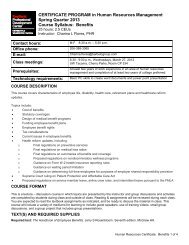1 Using Voxelization and Ray-Tracing to Identify Wall Thinness of ...
1 Using Voxelization and Ray-Tracing to Identify Wall Thinness of ...
1 Using Voxelization and Ray-Tracing to Identify Wall Thinness of ...
Create successful ePaper yourself
Turn your PDF publications into a flip-book with our unique Google optimized e-Paper software.
28Figure 15: A two-dimensional example <strong>of</strong> voxel classificationsFigure 16: Another two-dimensional example <strong>of</strong> voxel classificationsAfter studying the initial results stemming from these voxel classifications, wedetermined that an additional distinction needed <strong>to</strong> be made <strong>to</strong> classify unsafe voxels according<strong>to</strong> depth. The term we chose was 'distance-k'. To clarify, a distance-1 voxel is an unsafe voxelthat has one voxel-unit <strong>of</strong> separation from a safe voxel. It is in the 26-neighborhood <strong>of</strong> a safe-byproxyvoxel, which is in turn in the 26-neighborhood <strong>of</strong> a safe voxel. Correspondingly, adistance-2 unsafe voxel has two voxel-units <strong>of</strong> separation from a safe voxel: it is in the 26-neighborhood <strong>of</strong> a distance-1 voxel. The choice <strong>of</strong> flooding, though far <strong>and</strong> away the mostcomputationally expensive part <strong>of</strong> our algorithm, made it easy <strong>to</strong> characterize voxels according<strong>to</strong> any chosen depth, providing very cus<strong>to</strong>mizable output.


